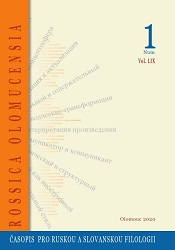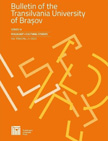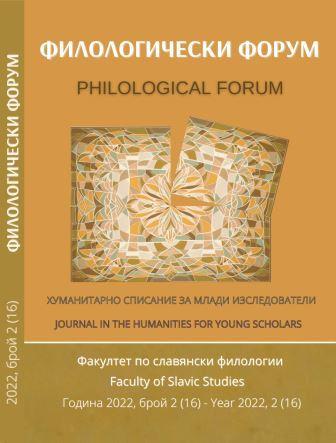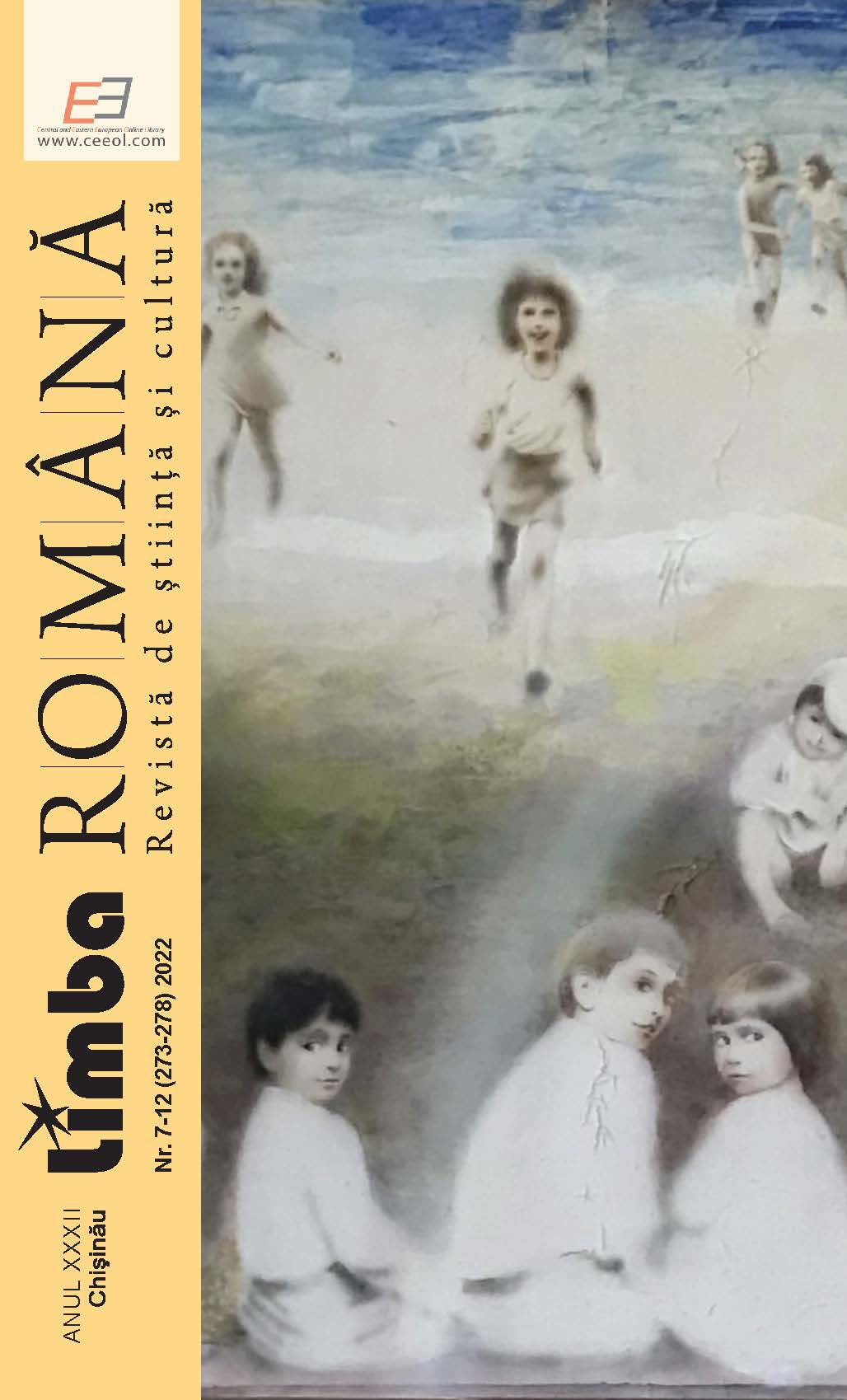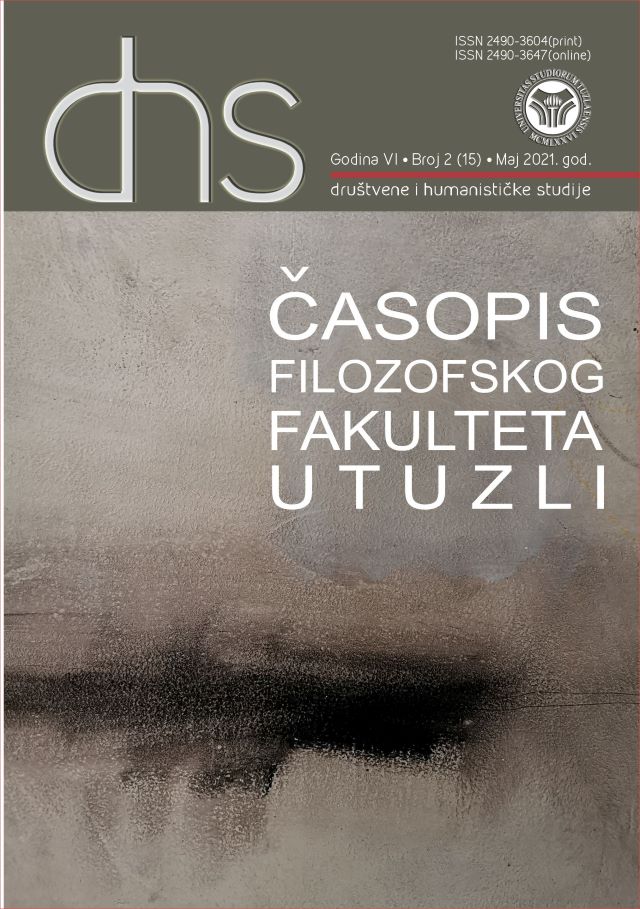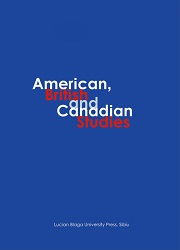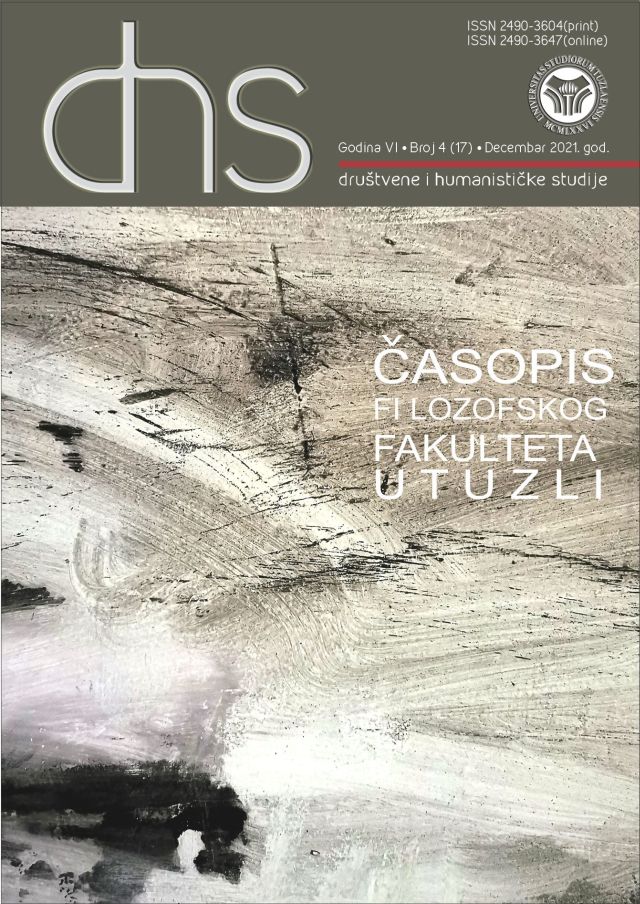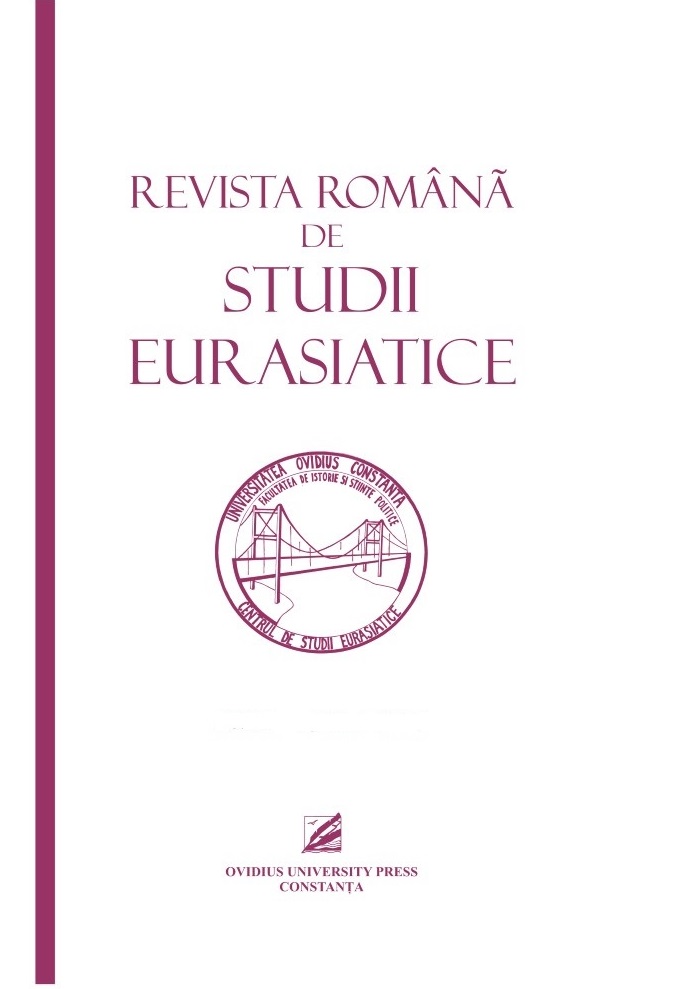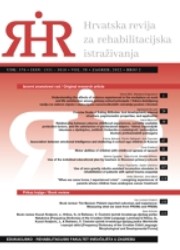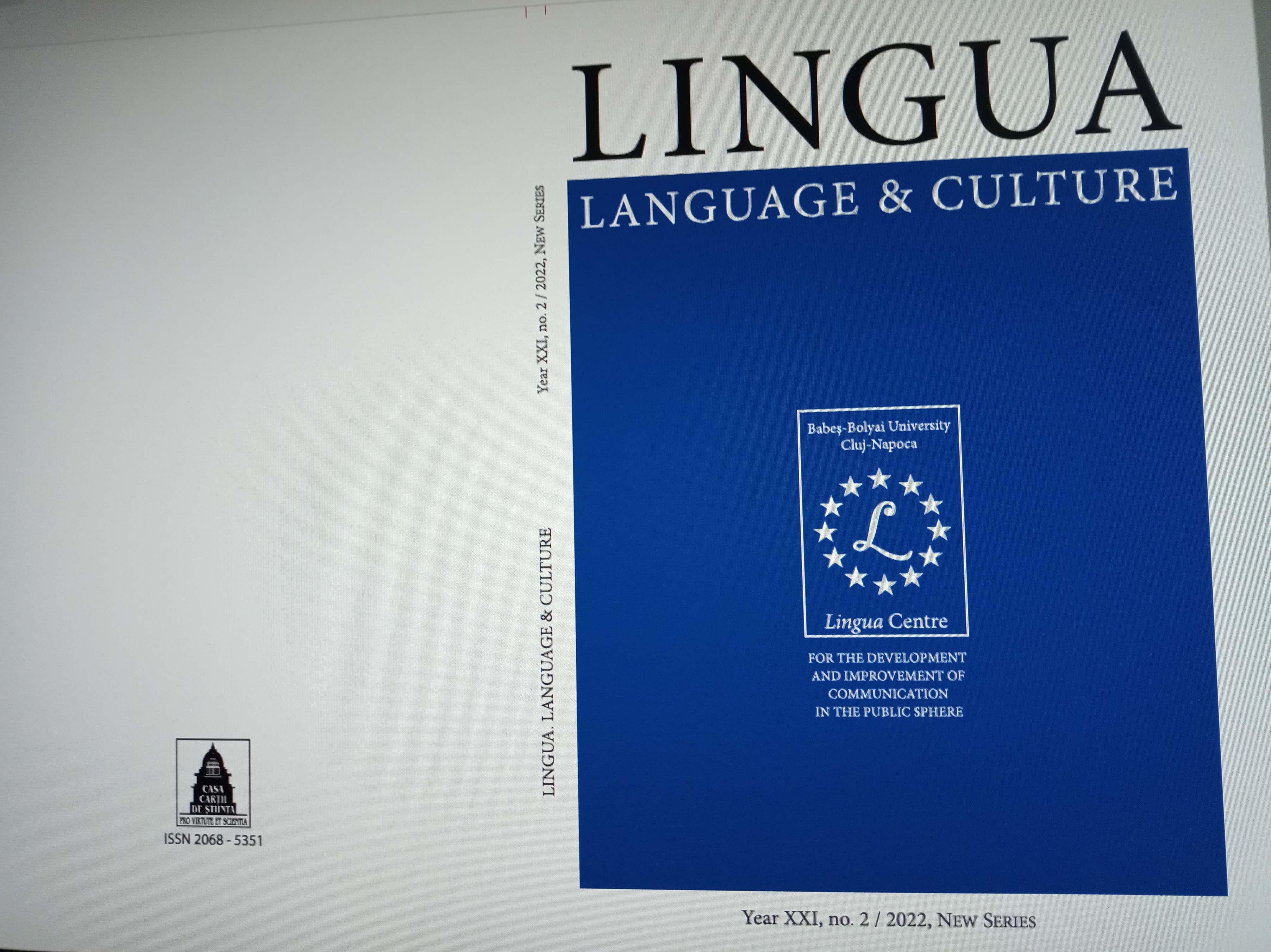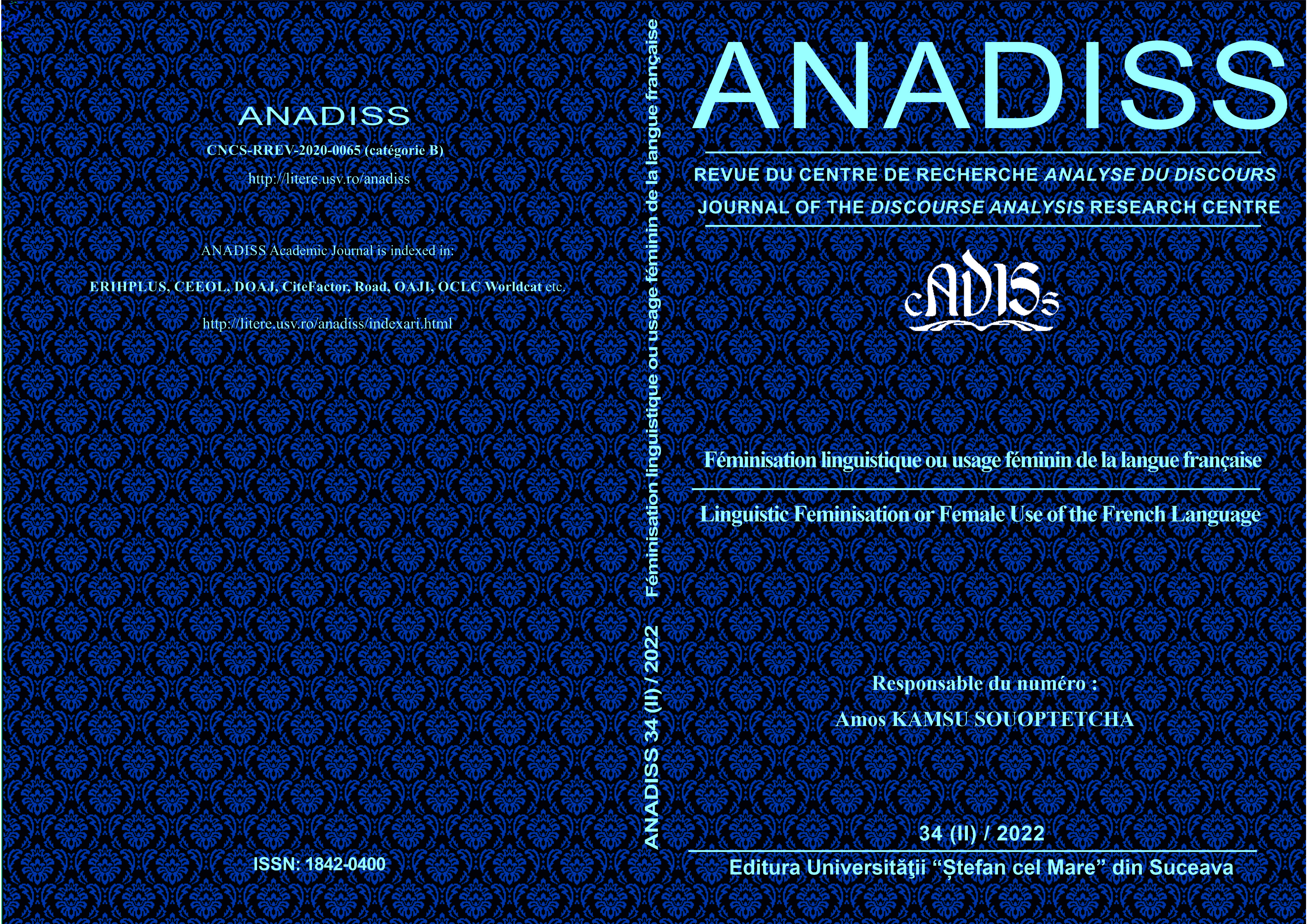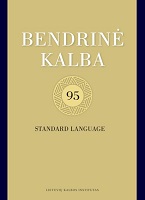Author(s): Lembit Vaba / Language(s): Estonian
Issue: 3/2022
There is still no good etymology for the Estonian-Votic terms for malt – Est. linnas, usu. pl linnased, Vot. linnaz, linnahzõt. The etymologies offered this far are based on occasional juxtapositions without sufficient semantic motivation, thus raising more questions than providing answers. The main Finnic brewing terms are Germanic (Scandinavian) loanwords, while Est. õlu ‘beer’ etc. is either of Germanic or Baltic origin. This article considers the possible Baltic (Balto-Slavic) origin of the Estonian-Votic malt name, seeing the donor form in the Balto-Slavic stem variant *linda- (*lindā) ~ *ln̥da- (< I.E. lendh-), some of whose Baltic descendants are Lith. lį̇̃sti (< *lind-ti; leñda, liñdo) ‘to crawl, move slowly, drag (on); germinate, sprout etc.’, Latv. lìst (lìen ~ lìed, lìda) ‘crawl, creep, move slowly; squeeze in; appeal (to), please; cut, mow; sprout, germinate etc.’, OPru. lindan (accsg) ‘valley’, Rus. ляда ’assarted field or grassland; a plot of woods or bush assigned for slash and burn; virgin land; fallow land overgrown with grass or brushwood; low grass; bush, young woodland etc.’, (O)Cz. lado ‘overgrown, fallow, bad land’, Pol. lada ‘virgin land’ etc. (Slav. *lęd-). The presumed meaning of the Baltic (Balto-Slavic) source word is ‘germ, sprout (of a plant or grain)’. The borrowing must have adapted to the nouns with inflectional suffix -kse: *linta- > *linδa-kse-. The above etymological suggestion is supported by some (East) Slavic malt names analogously associated with germination such as Rus. dial. рóща ‘growth force; germ, sprout; greenery; shoot, runner; young mixed forest; germinated barley, malt’, рости́ло ‘rye malt’, BRus. рόшча ‘shoot, plant, germinated grains, growth in length’. Those Slavic malt names have semantic Finnic parallels such as Vot. itü ‘germ; malt’, Fin. dial. itu ‘germ’: itujauhot ‘malt’, Ingr. iDü ‘malt’, Olon. idy ‘germinated grains before drying’ etc., Lud. id́u: id́ud́auhod pl ‘malt flour’, Veps. idu, id́u: idujouh.
More...
